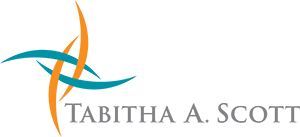
Untapped energy potential lies in every organization. These three management strategies amplify productivity and engage employees:
Leverage Innovation Energy
Every employee has a natural predisposition towards either exploration or optimization. Companies can amplify creativity by identifying employees who are natural explorers and are energized by innovation. In recent history, psychometric models have expanded beyond communication styles to include ethology and cybernetics. That means that with new tools like the AEM-Cube, leaders may easily identify which employees are motivated by innovation. Identifying this “innovation energy” is the first step, then placing employees into roles where they have the freedom and encouragement to create follows next. All employees have the power to innovate, but some are naturally energized by it and can ignite a quick spark of new insights.
Minimize Resistance to Change
Leaders act as either conductors or insulators for new ideas. As an efficient conductor of energy, leadership can create a culture where information flows freely and quickly. Being a good conductor means deploying:
- the use of agile teams to be close to each problem and accelerate decision making;
- a strategic demographic and cognitive diversity mix that maximizes requisite variety; and
- inclusion that values variety in the way employees, or AI systems think.
Provide Directional Relevance
Electricity is created when direction is applied to the power contained in electrons. In the same way, employee adoption of change is guided by relevance and actionable steps. Turning energy potential into action requires clear direction. As SVP of Innovation for two global companies, I witnessed countless ineffective ideation programs, internal and external to our organizations. A common example of misalignment was the general call for employees to “Submit your big ideas!”
Companies that encourage random ideas from employees run the risk of discouraging innovation because if the idea is not aligned to strategy, it is rarely implemented. With an already overburdened workload, irrelevant ideas are seen as a distraction. When seemingly good ideas are not put into practice, frustration, demotivation and disengagement predictably result. In contrast, sustainable innovation starts with a thoroughly defined direction, this ensures ideas are relevant. Relevance accelerates implementation.
